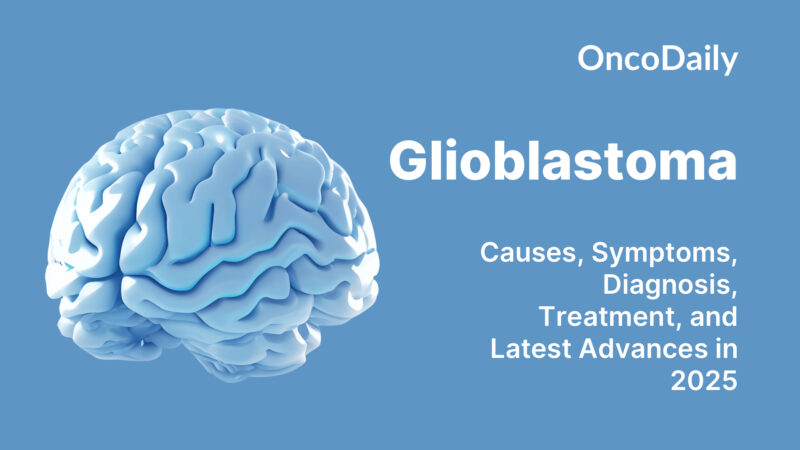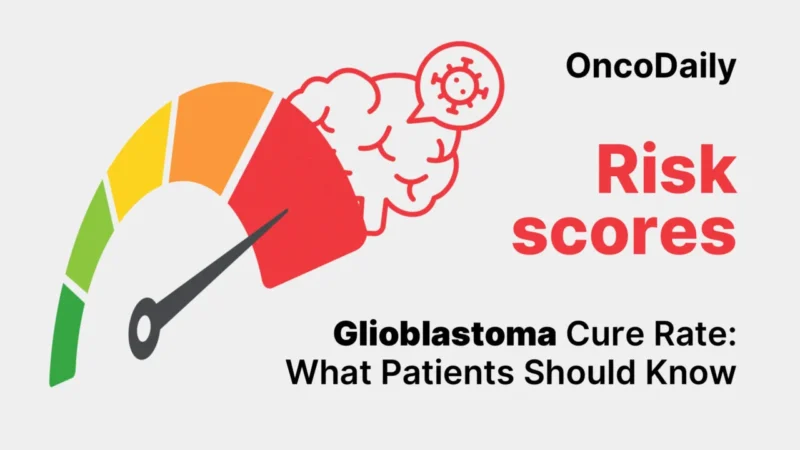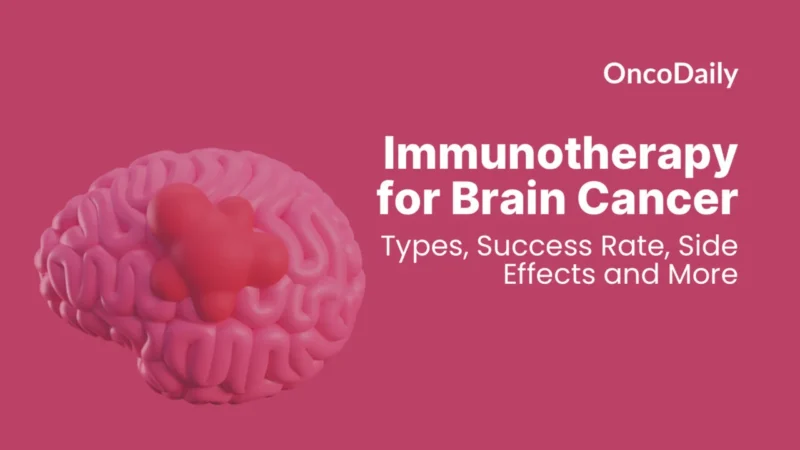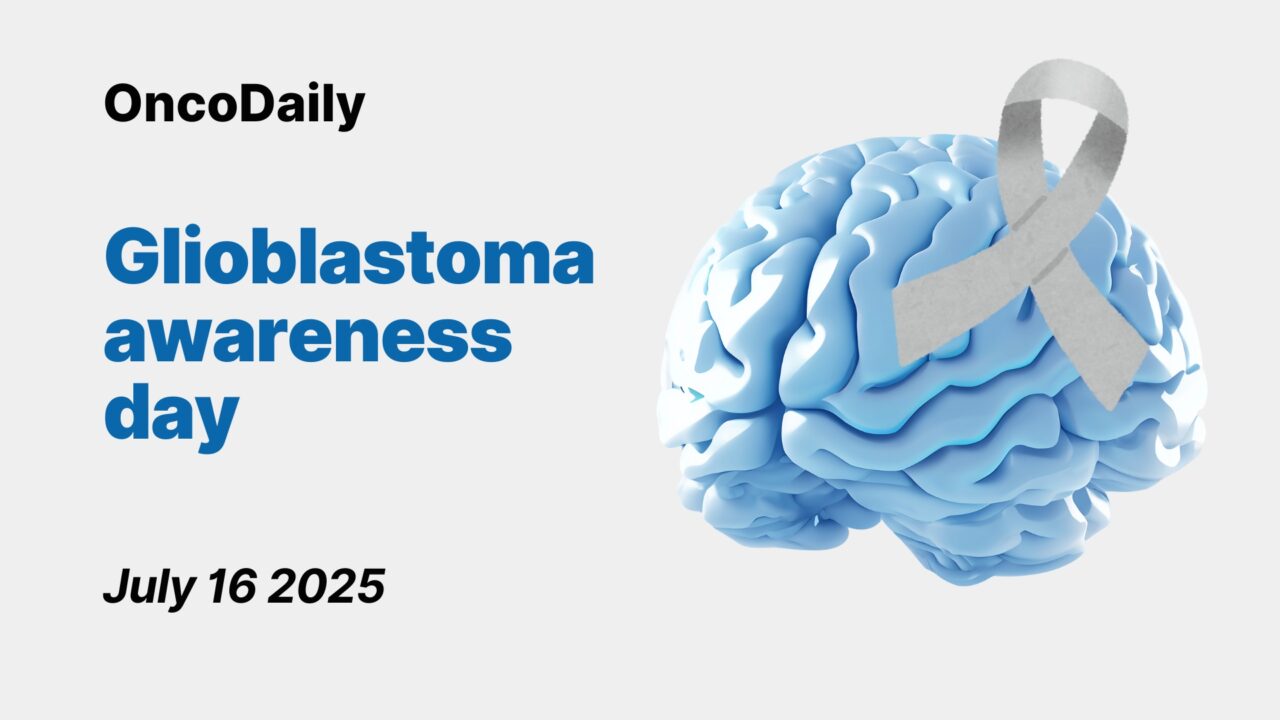
Glioblastoma Awareness Day 2025: Uniting for Progress and Hope
Glioblastoma Awareness Day (GBM Day) is observed annually on the third Wednesday of July to spotlight glioblastoma — the most common, aggressive, and deadly form of brain cancer. It is a day to honor patients and families, support caregivers, and mobilize efforts to improve treatment and ultimately find a cure.
The seventh annual Glioblastoma Awareness Day will take place on Wednesday, July 16, 2025. This day continues to gain momentum as a nationwide call to action to improve outcomes for those living with this devastating disease.
Origins of Glioblastoma Awareness Day
Glioblastoma Awareness Day was established in response to growing public concern following the death of U.S. Senator John McCain, who passed away from glioblastoma on August 25, 2018. In 2019, a bipartisan coalition of U.S. senators introduced a resolution to designate a national day dedicated to raising awareness for glioblastoma and strengthening research support. The inaugural Glioblastoma Awareness Day took place on July 17, 2019, and was met with overwhelming public engagement. During the first year, the Barrow Neurological Foundation raised over $539,000 to support brain tumor research and advocacy.
On June 17, 2025, the U.S. Senate passed a new resolution formally designating July 16, 2025, as Glioblastoma Awareness Day. The original resolution was sponsored by a bipartisan group including Senator Lindsey Graham, Senator Kyrsten Sinema, Senator Martha McSally, Senator Elizabeth Warren, Senator Mitch McConnell, and Senator Ed Markey.
The full resolution is available via the U.S. Congress website.
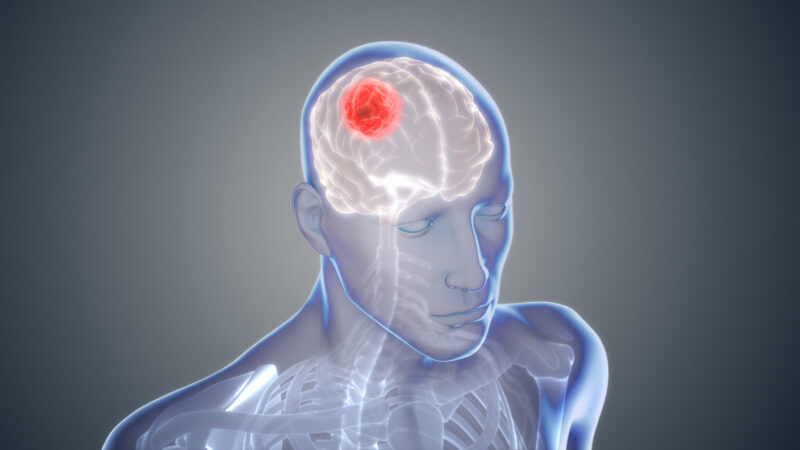
Understanding Glioblastoma
Glioblastoma, also known as GBM, is a malignant brain tumor characterized by rapid growth and resistance to conventional therapies. Although it accounts for a small percentage of all cancers, it is the most common and aggressive form of primary brain tumor in adults. Each year, approximately 14,000 people in the United States are diagnosed with glioblastoma. The median survival time following diagnosis is between 12 to 16 months, and the five-year survival rate remains under 7%.
GBM is considered a rare disease, which has historically contributed to limited public awareness and fewer research resources compared to more prevalent cancer types. However, the deaths of public figures such as Senator McCain, Senator Edward Kennedy, and Beau Biden have helped bring national attention to the urgency of advancing glioblastoma research.
Read About Glioblastoma on OncoDaily
Barriers to Treatment and Ongoing Challenges
The treatment of glioblastoma presents a number of unique and complex challenges. The tumor is highly heterogeneous, with a significant degree of genetic variation even within a single tumor, making it difficult to target with a standardized treatment approach. Furthermore, the tumor often recurs after initial therapy, and its location in critical areas of the brain can make surgical intervention risky or incomplete.
One of the greatest obstacles in glioblastoma treatment is the blood-brain barrier, which limits the ability of many systemic therapies to reach the tumor site. Additionally, glioblastoma contains dormant cancer stem cells that often evade chemotherapy and radiation, contributing to recurrence and treatment failure.
Despite the limited availability of curative options, current standard treatment includes maximal safe surgical resection followed by radiation therapy and chemotherapy with temozolomide. Research efforts continue to focus on overcoming resistance, improving drug delivery, and developing precision medicine approaches tailored to the genetic profile of each tumor.
Glioblastoma Cure Rate: What Patients Should Know – OncoDaily
Advancing Research Through Clinical Trials
Clinical trials are essential for testing new therapies and expanding treatment options for patients with glioblastoma. The Ivy Brain Tumor Center at Barrow Neurological Institute has launched the world’s largest Phase 0 clinical trials program, designed to assess the effectiveness of experimental therapies in real time. According to Dr. Nader Sanai, Director of the Ivy Brain Tumor Center, this approach significantly reduces the time and cost of conventional trials, allowing promising treatments to reach patients faster.
Many therapies have failed to produce effective outcomes due to their inability to cross the blood-brain barrier. The Ivy Center’s strategy is helping to close this gap and provide new avenues of hope. However, despite these advances, only an estimated 8 to 11 percent of glioblastoma patients participate in clinical trials. Increasing awareness of available trials and expanding access is a priority for research institutions and advocacy groups.
The federal government continues to play a vital role in funding this work. The Cancer Moonshot initiative, first launched in 2016, has accelerated cancer research and fostered collaboration across the scientific and medical communities. Glioblastoma remains a critical focus within this national strategy to end cancer as we know it.
Immunotherapy for Brain Cancer: Types, Success Rate, Side Effects and More- OncoDaily
How to Get Involved
Glioblastoma Awareness Day is an opportunity for individuals and organizations to raise awareness, support patients and families, and advocate for increased investment in brain tumor research.
Participation can take many forms. Members of the public are encouraged to share verified information about glioblastoma, post tributes and personal stories on social media using the official hashtag #GBMDay, and engage with organizations leading the fight against brain cancer. Recognizing the courage and resilience of glioblastoma patients and caregivers is also a meaningful way to observe the day.
Many advocacy groups are working year-round to support the brain tumor community. These include the National Brain Tumor Society, the Glioblastoma Foundation, the American Brain Tumor Association, and the EndBrainCancer Initiative. Events such as the Head for the Cure 5K runs help raise funds and awareness while providing community support for those affected.
Financial contributions to clinical research programs, including the Ivy Brain Tumor Center, are also essential. One hundred percent of donations to the Ivy Center support clinical trials, patient education, and improved care initiatives. Donations can be made directly through the Ivy Brain Tumor Center’s donation page.
Finally, advocacy at the policy level is critical. Citizens are encouraged to contact their representatives and urge increased federal funding for brain tumor research and inclusion of glioblastoma as a priority area within national health policy.
Moving Forward Together
Glioblastoma Awareness Day represents a powerful moment to reflect on the lives impacted by this disease and to renew our commitment to progress. Through public awareness, scientific innovation, and shared action, we can change the future of glioblastoma care. On July 16, 2025, we invite everyone to stand in solidarity with patients, caregivers, researchers, and clinicians working tirelessly to defeat this disease.
Wear gray, share knowledge, and be part of the movement to accelerate change.
To learn more, visit glioblastomafoundation.org or braintumor.org.
Important links:
-
Glioblastoma in Children: What patients and caregivers should know about
-
Radiotherapy for Brain Tumor: Types, Success Rate, Side Effects And More
- Tibsovo (Ivosidenib): Uses in Cancer, Side Effects, Dosages, Expectations, and More
Written by Nare Hovhannisyan, MD
-
Challenging the Status Quo in Colorectal Cancer 2024
December 6-8, 2024
-
ESMO 2024 Congress
September 13-17, 2024
-
ASCO Annual Meeting
May 30 - June 4, 2024
-
Yvonne Award 2024
May 31, 2024
-
OncoThon 2024, Online
Feb. 15, 2024
-
Global Summit on War & Cancer 2023, Online
Dec. 14-16, 2023

